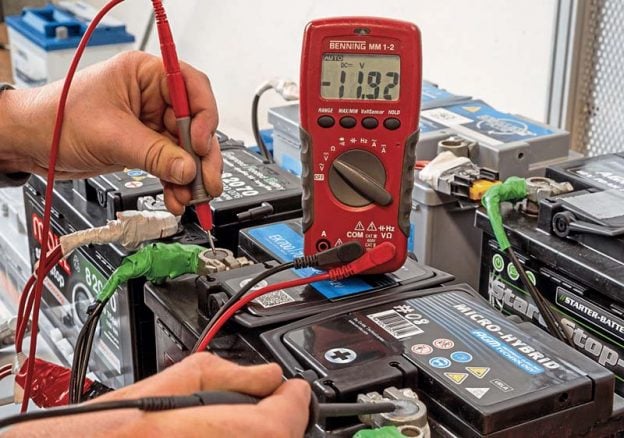Course Description
Batteries are a fundamental part of our society. Batteries are used to: start your car, power your watch, power your laptop, power your smartphone, power emergency lighting, start emergency generators, and much more! But how do batteries function? Why are there so many different types? And why have they found widespread application in everything from wristwatches to power stations?
After completing this course, you will be able to answer all these questions and many more.
In this course, you will learn:
- How batteries work (chemical reactions etc.).
- Battery terminology (Ah, specific gravity, voltaic cell etc.).
- Different battery designs and types (lead-acid, nickel-cadmium, mercury etc.).
- Battery hazards (shorting, gas generation etc.).
- Battery operations (series, parallel, primary, secondary etc.).
- And a lot more!
The course is packed with images, animations and high-quality written content. Written content has been read aloud so that you can ‘learn on the go’ without needing to watch the screen constantly. Enjoy the course!
Who Is This Course For
- Hobby learners who are interested in engineering.
- Career engineers in the oil and gas, electrical engineering, mechanical engineering, automotive engineering, HVAC or power engineering industries.
- Any other engineers
Requirements
A bit of electrical engineering knowledge would be beneficial but is not required.
Downloadable course materials
After purchasing the course, students can download the following materials:
- Battery maintenance and testing guide
- Reducing power substation outages by using battery energy storage systems (BESS)
Course Content
About Instructor



